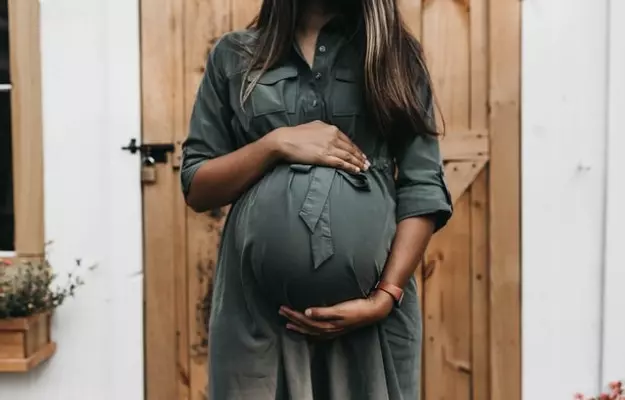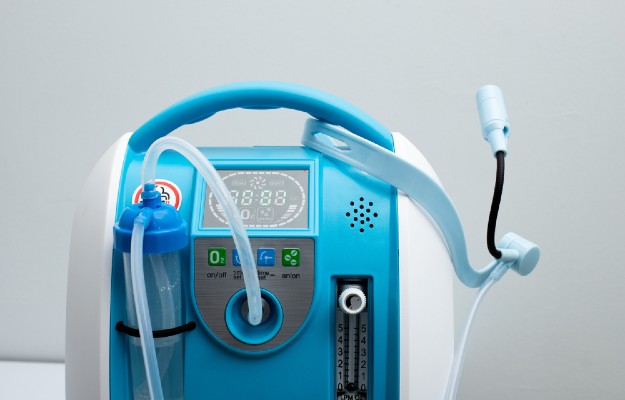Researchers have finally collected proof that pregnant women who test positive for COVID-19 may pass on the new coronavirus infection to their babies in the womb. However, the route that the virus takes to enter the womb may be very different from how it enters the lungs, heart and blood vessels.
Signs of COVID-19 in the amniotic fluid and placenta
At the height of the COVID-19 outbreak in Europe, a baby born at the Paris-Saclay University Hospital developed brain swelling just three days after he was delivered by emergency cesarean section.
The baby’s 23-year-old mother was positive for COVID-19, so the doctors ran every test that they could think of: they checked the placenta, the amniotic fluid (before water breaking), the mom’s blood, the baby’s blood and fluid from his lungs and brain (cerebrospinal fluid).
Three months on, the mom and baby are fine and medical researchers have found something that they have been looking for over the past six months: proof that it may be possible for expecting moms with COVID-19 to pass the viral infection on to their babies in the womb. But that’s only half the story.





























